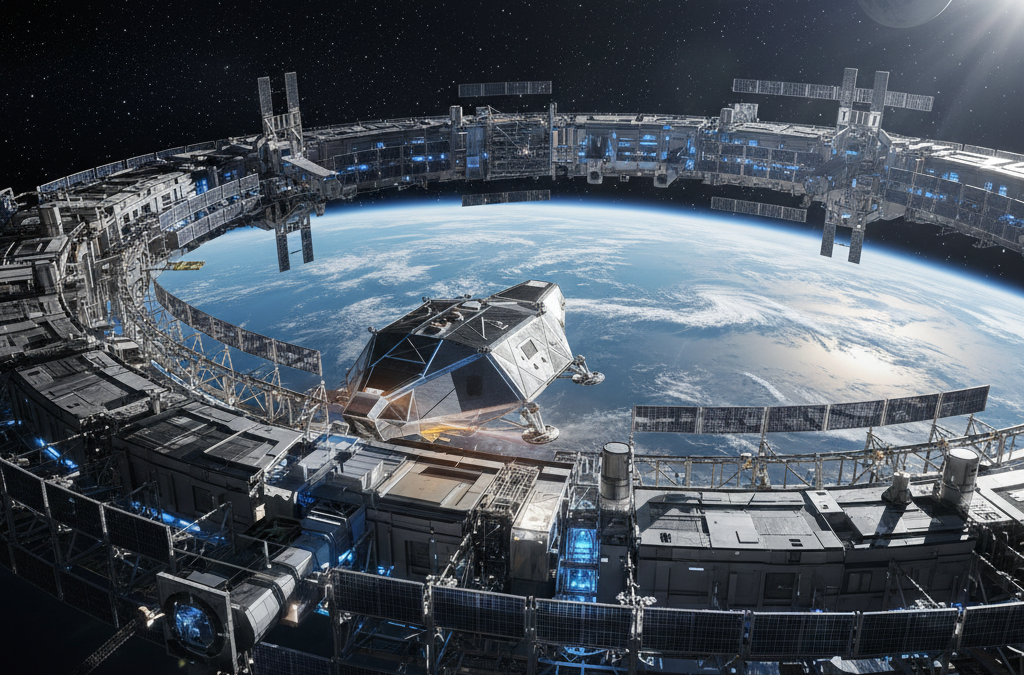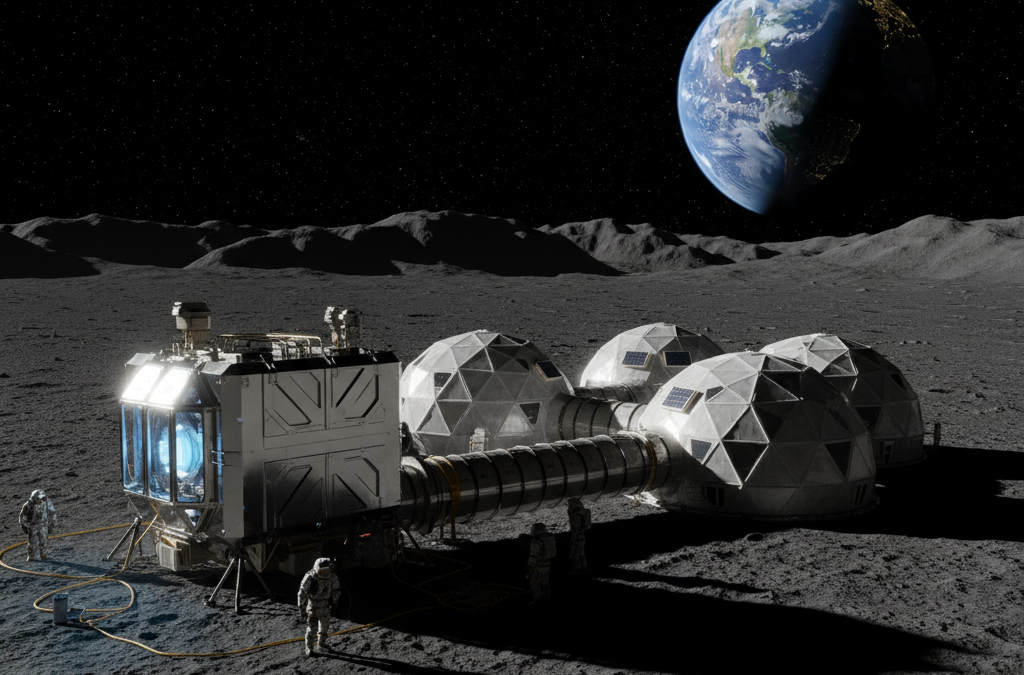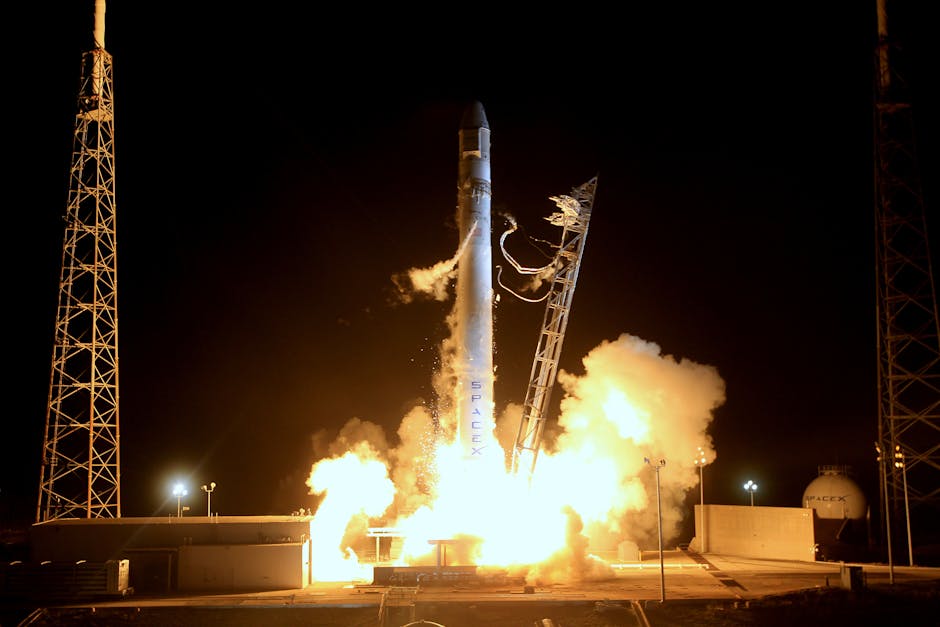The discovery of Ceres in 1801 provided a new hypothesis for the origins of these rocks, although other, more local explanations retained their currency until about 1860. While conducting observations for what would become a famous star catalogue, Italian astronomer Giuseppe Piazzi discovered a new object—Ceres—in an orbit that appeared more planet-like than comet-like. Ceres also fit what is known as the Titius-Bode law. Published in 1766, this rule inferred from the spacing of the inner planets that there should be a planet between Mars and Jupiter, and another beyond Saturn.
The 1781 discovery of Uranus approximately where the Titius-Bode law had forecast seemed a confirmation of its accuracy; Ceres, too, was in the right place. Piazzi first thought it might be a comet, but other astronomers doubted that. After the 1802 discovery of Pallas, traveling in a similar orbit, William Herschel declared the two objects to be a new class of celestial bodies: asteroids.
The asteroids occupying orbital space between Mars and Jupiter are known collectively today as “main-belt asteroids,” to mark a distinction between them and the many other varieties of asteroid orbits discovered since. They are still the largest known asteroid population, and one, Ceres itself, was later reclassified as a “dwarf planet” by a vote of the International Astronomical Union in 2006.17 Main-belt asteroids’ orbits generally keep them far away from Earth, and they are not classed as near-Earth objects. But their orbits can be perturbed, and over the eons some have been shifted into orbits that take them into the inner solar system.
The first such near-Earth asteroid to be discovered was 433 Eros, found in 1898 by German astronomer Gustav Witt.18 Since the discovery of Eros, scientists (and many devoted amateur astronomers) have identified many thousands of near-Earth asteroids. But far from the uniformitarian view that extraterrestrial impacts could have no influence on Earth, a very large impact is now blamed for the demise of the dinosaurs, and numerous craters associated with large extraterrestrial impacts have been identified on, or under, Earth’s surface. These impact craters are known as “astroblemes.” Bringing the geological community around to the idea that asteroids and comets have in fact left marks on Earth’s surface was the life’s work of Eugene Shoemaker, who also trained the Apollo astronauts in field geology and whose wife, Carolyn, was one of the most prolific discoverers of comets during the era when the film was the discovery medium. The recognition that large impacts could influence the evolution of life itself is an extension of what is known as the Alvarez hypothesis, named for a famous 1980 paper by Luis and Walter Alvarez.19 This posits that an impact at the end of the Cretaceous period forced the dinosaurs into extinction. Acceptance of the idea that large impacts have transformed both the surface of Earth and life itself represents a rejection of strict uniformitarianism, or what Stephen J. Gould referred to as “substantive uniformitarianism” in a 1965 essay.
Three events in close succession brought the potential destructiveness of cosmic impacts to public attention and began moving NEOs into policy salience. The first was the unexpected close flyby of Earth by 1989 FC, discovered after it had already passed by. The Discovery of the enormous, buried crater left by the end-Cretaceous impactor in 1990 (or, as we will see in chapter 4, the reinterpretation of an already-known structure), was the second. The spectacular collision of Comet Shoemaker-Levy 9 with Jupiter in July 1994, witnessed by ground observatories, by the Hubble Space Telescope, and by the Galileo spacecraft en route to Jupiter, was the third, and most dramatic, event. These led to Congress directing NASA to find at least 90% of the 1-kilometre-diameter or larger near-Earth asteroids within 10 years (see chapter 5). And NASA currently has a directive to discover and track 90% of all the near-Earth asteroids larger than 140 meters—those about seven times the size of the Chelyabinsk impactor—which could cause regional damage on Earth in the event of an impact.
Once near-Earth objects became objects of policy concern, they also became hazards to be mitigated. The discovery of NEOs and the determination of their trajectories was one component of mitigation, but as policy measures started being discussed, other aspects emerged. Deflecting specific threats was one recurrent theme of discussion; another was civil defence. The first decade of the 21st century witnessed the first impact-related civil defence exercises in the United States, and both NASA and the European Space Agency had plans for deflection demonstration missions to be carried out in the 2020s. At the international level, advocates of planetary defence had established an International Asteroid Warning Network to coordinate observations as well as communications about particular asteroid risks, along with a separate planning group for space-based deflection missions should one be necessary. This also reflects the gradual internationalization of NEO concerns.
In a recent article, Valerie Olson argued that asteroids and comets have come to be seen as environmental objects, as distinct from astronomical ones. They are no longer merely intellectual curiosities or research objects for scientists. They are natural hazards, like flooding or wildfires, and are increasingly treated as risks subject to cost-benefit analysis. As we will see in later chapters, astronomers used this tool of the administrative state as part of their advocacy for NEO discovery surveys and planetary defence efforts.
Most near-Earth asteroid discoveries have happened since 1990. In large part, that is due to a technological change in the way astronomers look for them. As we will detail in later chapters, for most of the 20th century, astronomers interested in near-Earth objects (there were not many) had to compare two pieces of film, taken of the same piece of the sky but at different times, to find whatever had moved between exposures. It was a painstaking, slow process. During the 1970s, though, Jet Propulsion Laboratory researchers worked to improve charge-coupled detector (CCD) technology for eventual use in spaceborne cameras. A prototype CCD-based camera was used by James Westphal and James Gunn at Palomar Observatory in 1976.23 By 1981, University of Arizona astronomer Tom Gehrels was trying to fund a CCD-based telescope dedicated to hunting near-Earth objects at Kitt Peak Observatory; failing to raise enough money, he and a small team developed the “Spacewatch camera,” which was attached to an existing 0.9-meter telescope to produce its first electronic images late in 1983. CCDs lent themselves easily to computer-assisted analysis, and by the mid-1990s, other teams were also striving to automate the process of NEO discovery, orbit determinations, and risk-to-Earth assessments. By the 2000s, hundreds of near-Earth objects were being discovered per year with the aid of automation; by the time these words were written in 2019, more than 20,000 were known.







0 Comments